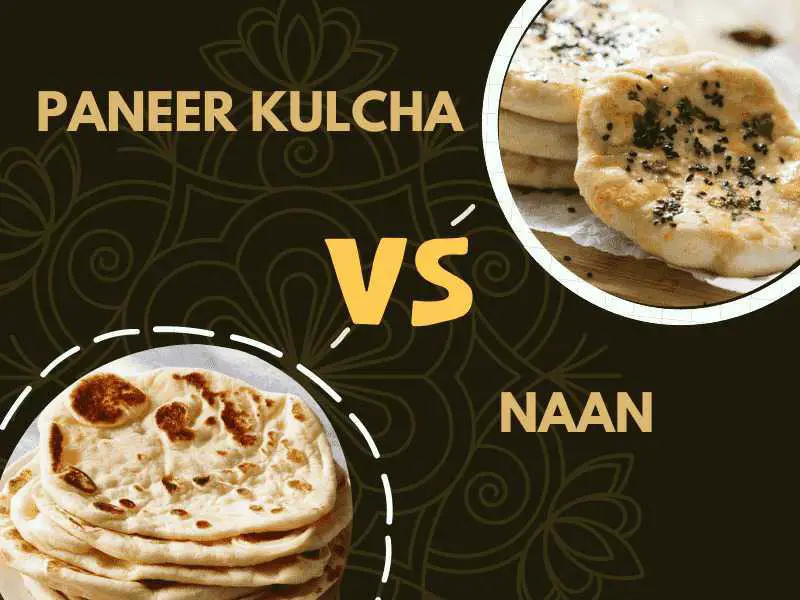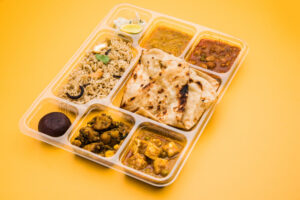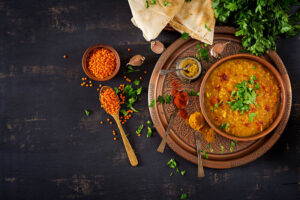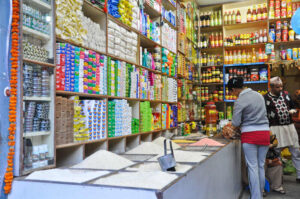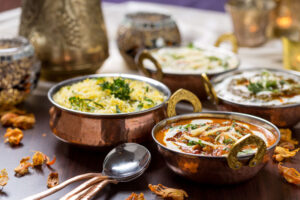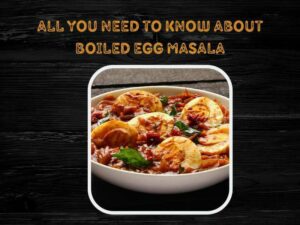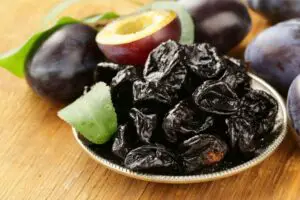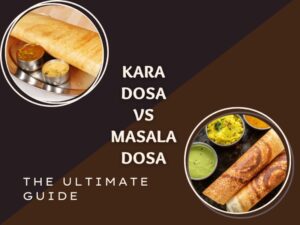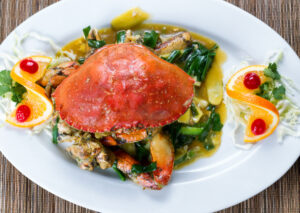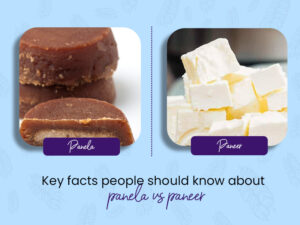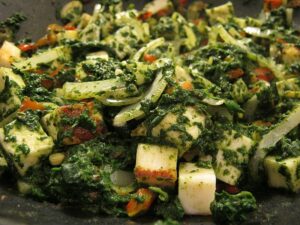Explore your flatbread options and add another layer of flavor to your experience of Indian cuisine. Naan is an Indian bread that goes well with most of the vegetarian and non-vegetarian accompaniments in North Indian cuisine.
When it comes to the debate between Paneer Kulcha vs Naan the subtle variation in taste and texture can make all the difference.
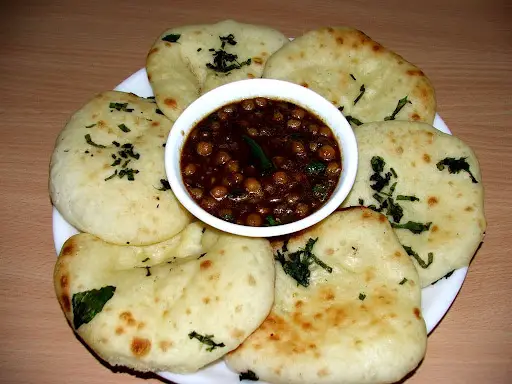
1. Is Kulcha Made Of Maida?
Kulcha dough is traditionally made with refined white flour, making it heavier than other types of Indian flatbreads. Paneer kulcha comes with mouth-watering paneer-based stuffing.
With a spiced cottage cheese filling, it’s carb-dense and high in calories but absolutely delicious to eat. A chef might cook it in a tandoor (clay oven) or on a hot tawa (stove). Occasionally, a small amount of yeast may be added to leaven the dough slightly, but this is not always the case.
2. What is Naan?
Naan is traditionally made using wheat flour which is full of protein, fiber, vitamins, and minerals. It is one of the healthiest flatbread options which makes it a popular choice for daily use. Additionally, leavening agents like yeast, yogurt, and milk are added to the dough, resulting in a light and airy texture.
Once you’ve read up on both types of flatbreads, you should be able to tell them apart on sight. Deciding which one goes best with your meal is definitely up to personal preference, and the following factors should help make the process easier for you.
There are several factors that set these two flatbreads apart, and knowing these differences is the best way for you to answer the question of paneer kulcha vs naan.
3. Paneer Kulcha vs Naan: Methods of Preparation
Kulcha is traditionally prepared in the form of a circular disk, while naans are often stretched out or oblong. Additionally, paneer kulcha is stuffed with a cheesy filling, while naan is just bread that can be eaten with a paneer dish.
Paneer Kulcha is very easy to prepare at home:
While the details may differ, the basic process of preparing the flatbread remains the same. The chef will start by making a ball of dough, rolling it out till it’s a thin disk, and cooking it in a tandoor. You can easily make it at home without tandoor oven, only using a simple skillet or a tawa pan.
Often they may add aromatic spices or top the kulcha or naan off with sesame seeds. Once the flatbread is ready, a layer of butter or ghee is spread over it before serving!
4. Texture
The difference in texture really sets these two flatbreads apart. Kulcha is heavier and denser, especially in contrast to naan, which is light and airy.
Stuffed kulcha adds further complexity to the texture with the soft cheese, green chilies, and spicy seasoning, giving it a rich texture. Naan is often topped with black sesame seeds or cumin seeds: there is a pleasant contrast against the soft dough.
5. Calories
Paneer Kulcha is high in calories since it uses white flour, which is a finer and more sifted grain, not to mention the rich cottage cheese filling that drips out of the bread. Meanwhile, naan is made using wheat flour and has lesser calories. On average, 1 paneer kulcha has around 240 calories while 1 naan has around 160 calories.
6. Nutrition
The nutritional value of each flatbread depends on the specific type of naan or kulcha you are eating. A saada or plain naan is quite nutritious with protein, fiber, vitamins, and minerals.
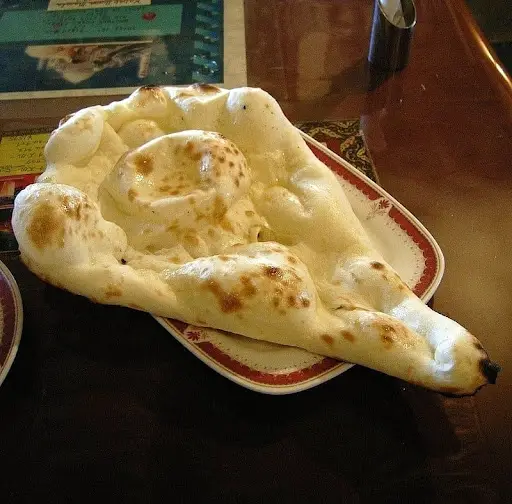
Paneer kulcha offers a significant amount of proteins and calcium thanks to its cheese filling.
If you want to load up on nutrients, why not check out the differences between naan vs paneer naan?
7. Is Kulcha Good For Weight Loss?
Actually, kulcha is high in carbohydrates because of the plain flour dough.
8. Ingredients
Kulcha dough is made with only 3 ingredients: white flour or self-raising flour with 1 tsp baking powder and 1 tsp salt. The paneer filling includes a mix of spices and cheese. On the other hand, Naan dough requires a longer list of ingredients, including wheat flour, yeast, milk, and yogurt.
People who are lactose intolerant or simply don’t like cheese should definitely explore their options by comparing onion kulcha vs naan.

Despite their differences, both these flatbreads have a lot in common. And it is these similarities that make them so universally loved.
9. Smell
The wonderful aroma of delicious flatbread is universal. Depending on the ingredients the chef added to the soft dough, you may catch hints of green chilies, chaat masala, chili powder, coriander leaves, dry mango powder, and a host of other spices.
10. History
Both the naan and kulcha were introduced in the Indian subcontinent during the reign of the Mughals. Having obtained yeast from Egypt, these tandoori flatbreads were the food of choice for the Mughal kings. With their technical kneading technique and rich ingredients, the naan and kulcha remained a luxury for many centuries.
11. Popularity
Both of these flatbreads are popular because of their wide variety of flavor options. In addition to serving as additions to a salad or dish, kulcha and naans can serve as a complete meal on their own.
Popular options include aaloo kulcha, butter kulcha, doodhia kulcha, gobi kulcha, pyaaz (onion) kulcha, paneer kulcha, mixed kulcha, and cheese kulcha. Similarly, butter naan, keema naan, cheese naan, and garlic naan are some of the most loved naans in North India. Paneer kulcha is also a popular snack served in schools and colleges of North India.
Paneer kulcha is a #famous North Indian snack served in schools and colleges. #Paneer stuffed kulcha is an #amazing delight for any #kulcha lover. Here's the recipe : https://t.co/a1yATvqoLZ#Indiacanteen #PaneerKulcha #Amazing pic.twitter.com/aRdhCn7Qz1
— IndiaCanteen (@IndiaCanteen) February 25, 2019
12. Eating Time
Once you’ve weighed your options and answered the question of paneer kulcha vs naan it’s time to enjoy your flatbread with your favorite curry. While kulcha is often paired with chickpea curry and naan with legume curry, at the end of the day it all comes down to your preferences.
Looking for a tasty dish to go with your paneer kulcha or naan? Check out the most popular Indian food in the world for some finger-licking good options.
